Finding safe drinking water ranks among the most critical essential wilderness survival skills, especially in Ontario’s vast backcountry. Clear running streams and pristine lakes may look inviting, but even the most crystal-clear water can harbor dangerous bacteria and parasites. Mastering water purification techniques isn’t just about survival—it’s about thriving in the wilderness while staying healthy and hydrated. Whether you’re portaging through Algonquin Park or hiking the Bruce Trail, understanding how to transform potentially contaminated water into safe drinking water can mean the difference between an epic adventure and a miserable experience. From traditional boiling methods to modern filtration systems, we’ll explore proven techniques that work reliably in Ontario’s diverse wilderness environments, ensuring you stay safely hydrated on your outdoor adventures.
Finding Safe Water Sources in Ontario’s Backcountry
Best Natural Water Sources
Ontario’s wilderness is blessed with abundant natural water sources, making it a paradise for outdoor enthusiasts. Crystal-clear lakes dot the landscape, particularly in regions like Algonquin and Killarney Provincial Parks, offering some of the purest water you’ll find in the wild. Fresh mountain springs bubble up from underground aquifers, providing naturally filtered water that’s typically safer than surface sources.
Moving streams and rivers are excellent water sources, especially in the Canadian Shield region, where the water flows over ancient granite formations. Look for fast-moving sections of streams, as they’re generally cleaner than stagnant areas. Small tributaries higher up in watersheds tend to be cleaner than larger rivers downstream.
Pro tip: Scout for water sources that show signs of healthy wildlife activity – if you spot fish, frogs, or water insects, it’s usually a good indicator of water quality. However, remember that even the clearest-looking natural water needs proper treatment before drinking. During spring thaw, stick to higher elevation sources, as lowland waters can be contaminated with runoff.
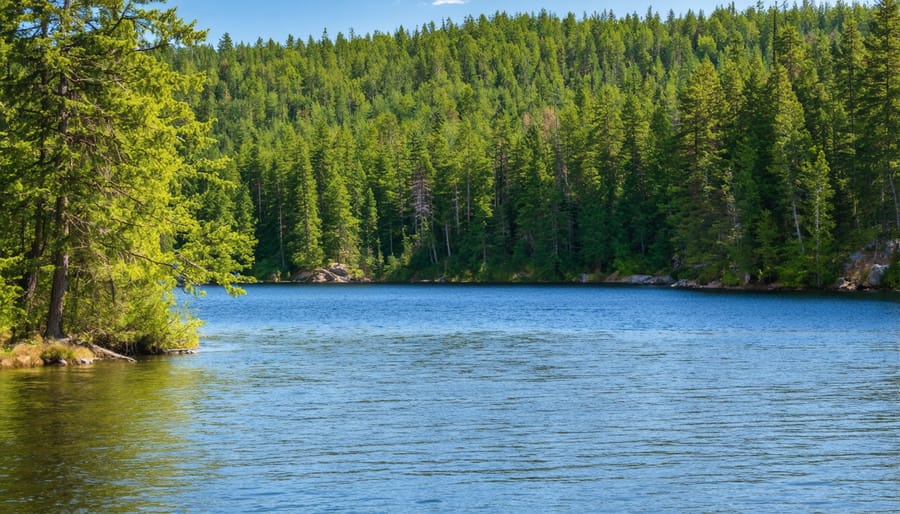
Water Sources to Avoid
While Ontario’s wilderness offers plenty of pristine water sources, there are some you’ll definitely want to avoid. Steer clear of water near beaver dams or areas with visible animal activity, as these often harbor harmful bacteria and parasites. Skip stagnant ponds or puddles, even if they look clear – they’re breeding grounds for waterborne diseases.
Be extra cautious around areas downstream from campsites or trails, as human activity can contaminate water sources. Watch out for water bodies with unusual colors, strong odors, or floating debris. In mining regions, especially in Northern Ontario, avoid water sources that show signs of rust-colored sediment or have an unusual metallic sheen.
During spring thaw, be wary of water from melting snow near heavily trafficked areas, as it can contain concentrated pollutants. Also, avoid collecting water from areas with dense algal growth or where agricultural runoff might be present. Remember, even the clearest-looking water can harbor invisible threats, so always purify before drinking!

Quick and Effective Purification Methods
Boiling: The Reliable Standard
When it comes to making water safe to drink in the wilderness, nothing beats the tried-and-true method of boiling. I’ve relied on this technique countless times during my backcountry adventures in Ontario, and it’s never let me down.
Here’s how to do it right: First, filter out any visible debris using a clean cloth or coffee filter. Pour the water into your camping pot and place it over your heat source – whether that’s a portable stove or campfire. Once you see large bubbles consistently breaking the surface (that’s a rolling boil), start your timer for at least one minute. If you’re camping at higher elevations, like in some parts of northern Ontario, extend that to three minutes to be safe.
Let the water cool naturally with the pot covered. I usually boil my water in the evening so it’s ready for the next day’s adventures. Pro tip: To improve the somewhat flat taste of boiled water, pour it back and forth between two clean containers a few times – this adds back some oxygen and makes it more refreshing.
Remember to always use heat-safe containers and keep a dedicated pot just for water boiling. Your morning coffee will thank you!
Filtration Systems
When it comes to keeping yourself hydrated in Ontario’s wilderness, a reliable water filter is among your essential camping safety gear. I’ve tested numerous filtration systems throughout Ontario’s backcountry, and I’m excited to share the most effective options for our unique conditions.
Pump filters are particularly well-suited for our lakes and streams. These handy devices can process about a liter of water per minute and effectively remove bacteria, protozoa, and particulates. Look for models with replaceable cartridges rated for at least 1,000 liters – they’ll last you multiple camping seasons.
Gravity filters are my personal favorite for group camping. Simply fill the dirty water bag, hang it from a tree branch, and let gravity do the work while you set up camp. These systems are fantastic for filtering larger quantities of water without the arm workout that comes with pump filters.
For solo adventures, consider lightweight straw-style filters. They’re perfect for drinking directly from water sources or filling your water bottle on the go. Just make sure to choose one that can handle our cold spring waters – some filters can crack if they freeze.
Pro tip: Always carry a backup filtration method, like purification tablets, just in case your primary filter fails. And remember to backflush your filter regularly to maintain its effectiveness, especially when dealing with Ontario’s mineral-rich waters.
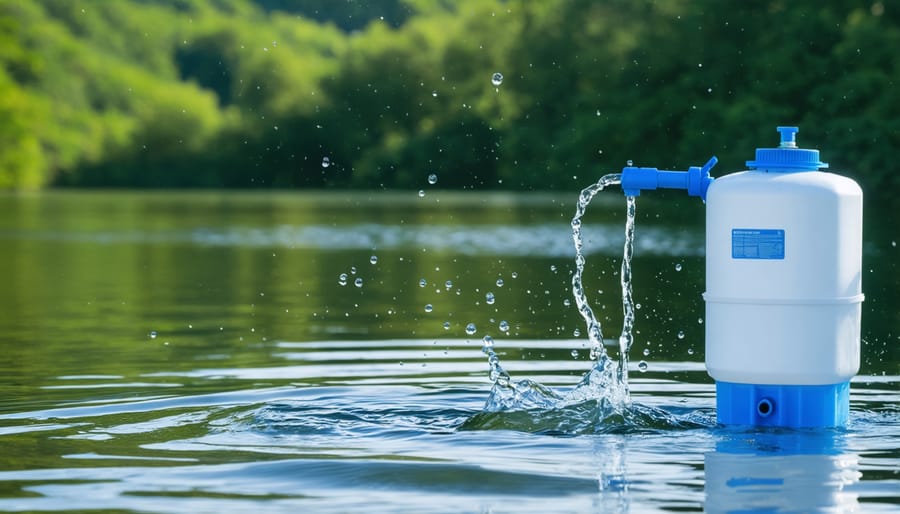
Chemical Treatment
Chemical treatment is one of the most reliable and convenient ways to purify water in the wilderness. I always keep water purification tablets in my backpack – they’re lightweight and take up virtually no space. These tablets typically contain iodine or chlorine dioxide, which effectively kill harmful bacteria, viruses, and parasites.
To use tablets, simply follow the instructions on the package. Usually, you’ll drop one tablet into a litre of water and wait about 30 minutes before drinking. Remember that colder water might need a longer treatment time. If you’re using iodine tablets and notice a funny taste, neutralizing tablets can help make the water more palatable.
Water purification drops work similarly to tablets but offer more precise dosing. They’re particularly handy when treating different quantities of water. Just add the recommended number of drops, shake or stir well, and wait for the specified time.
Pro tip: Store your chemical purifiers in a waterproof container and check their expiration dates before heading out. The effectiveness of these treatments can decrease over time, especially if exposed to heat or moisture.
UV Purification
UV purification devices have become a popular choice among wilderness enthusiasts, offering a chemical-free way to make water safe for drinking. These handy gadgets use ultraviolet light to neutralize harmful microorganisms by disrupting their DNA. Just dip the UV wand into your water bottle, press a button, and stir for about 90 seconds – it’s that simple!
I’ve found these devices particularly useful during backcountry trips in Ontario, especially when dealing with clear water sources. They’re lightweight, battery-powered, and perfect for treating small quantities of water on the go. However, remember that UV purifiers work best with pre-filtered water, as particles can shield bacteria from the UV rays. While they’re effective against most pathogens, they won’t remove chemical contaminants or improve the taste of your water.
Pro tip: Always pack spare batteries and consider carrying a backup purification method, just in case your UV device fails in the wilderness.
Emergency Water Purification
When you’re deep in Ontario’s wilderness and find yourself without your trusty water filter, don’t panic! There are several time-tested methods to make water safe for drinking. The simplest and most reliable emergency method is boiling. Bring your water to a rolling boil for at least one minute (increase to three minutes if you’re up in higher elevations), and you’ll eliminate most harmful organisms.
No pot or fire-starting materials? Here’s a wilderness hack: create a solar still using a plastic sheet or rain poncho. Dig a hole, place a container in the center, and cover it with your plastic sheet. The sun’s heat will create condensation, providing you with clean drinking water.
Another fantastic backup method is the natural filtering power of sand and gravel. Create layers in a container (like a cut-off water bottle) using fine sand at the bottom, followed by progressively larger materials like gravel and small rocks. Pour water through this makeshift filter to remove larger particles and some contaminants.
If you have access to them, pine needles can be your wilderness ally. Rich in vitamin C and natural antimicrobial properties, pine needle tea not only helps purify water but also provides a boost of nutrients. Just remember to identify the right species – avoid yew trees, which are toxic.
For emergencies, carrying water purification tablets in your pack is always smart. They’re lightweight and can be a lifesaver when other methods aren’t practical. In a real pinch, leaving clear water in a clear plastic bottle in direct sunlight for six hours can help – the UV rays will kill many harmful microorganisms.
Local Regulations and Best Practices
When exploring Ontario’s wilderness, it’s essential to follow the Ontario parks health guidelines for water treatment. Provincial regulations require all backcountry campers to treat their drinking water, even if the source appears pristine. The Ministry of Natural Resources recommends a multi-barrier approach: filtering followed by either boiling or chemical treatment.
In provincial parks, avoid collecting water within 50 meters of developed areas or campsites. Look for moving water sources rather than stagnant pools, and always collect upstream from any beaver activity. During algae bloom seasons (typically late summer), be extra cautious with water sources and check park notices before your trip.
Pro tip: Many experienced Ontario campers keep a small bottle of biodegradable soap at least 30 meters away from any water source when washing dishes or hands. This helps protect our waterways while ensuring you stay healthy on the trail. Remember to pack out all waste and avoid using soap directly in lakes or streams, even if it’s biodegradable.
Ensuring safe drinking water in the wilderness isn’t just about survival – it’s about enjoying your Ontario outdoor adventure with peace of mind. Remember, you have multiple reliable options at your disposal: boiling water, using water filters, chemical treatments, or UV purifiers. Each method has its place, depending on your situation and resources. Always assess your water source carefully, and when possible, collect from running water rather than standing pools. Keep your purification tools well-maintained and easily accessible, and don’t forget to pack backup methods just in case. By following these guidelines and treating every water source with proper caution, you’ll stay healthy and hydrated during your wilderness experiences. Happy trails, and remember – when in doubt about water quality, it’s always better to treat than regret!

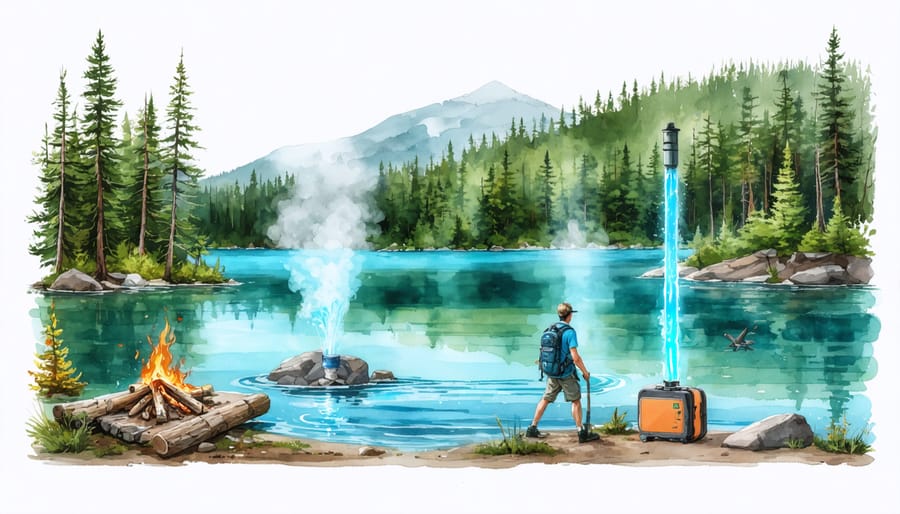




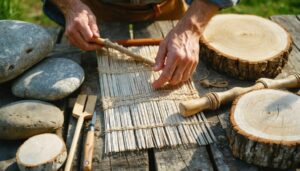
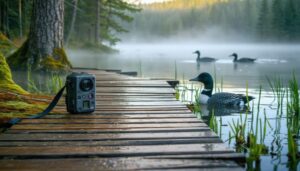
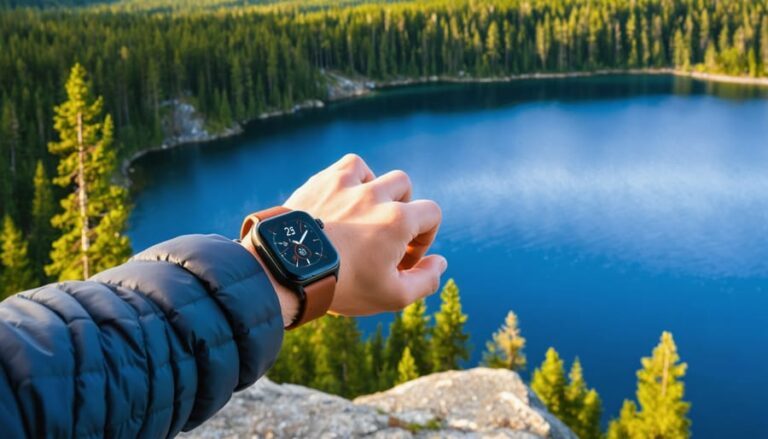
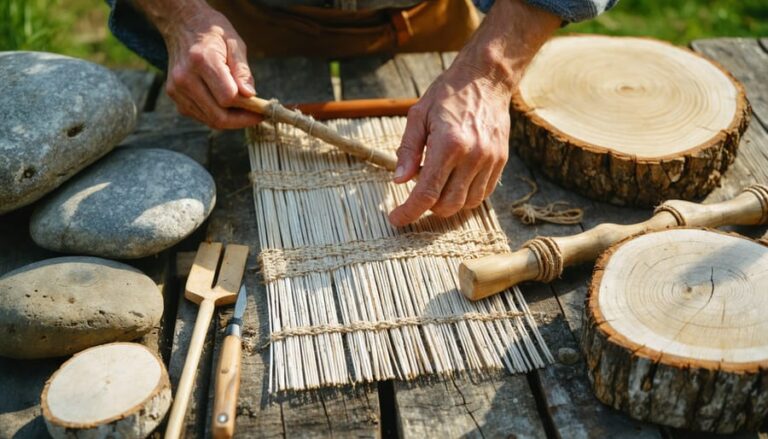
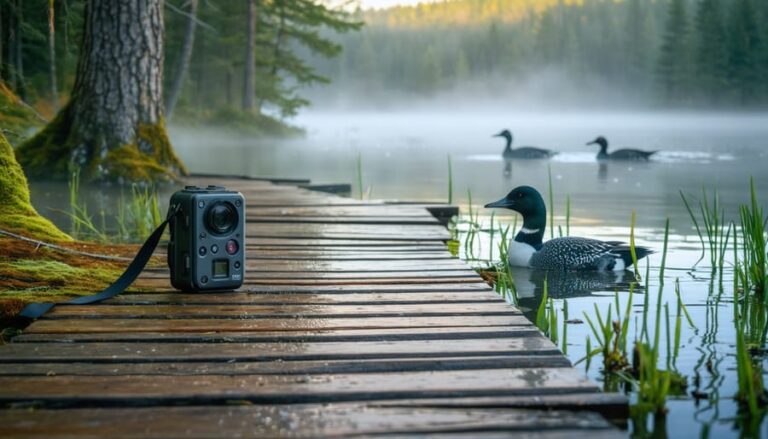
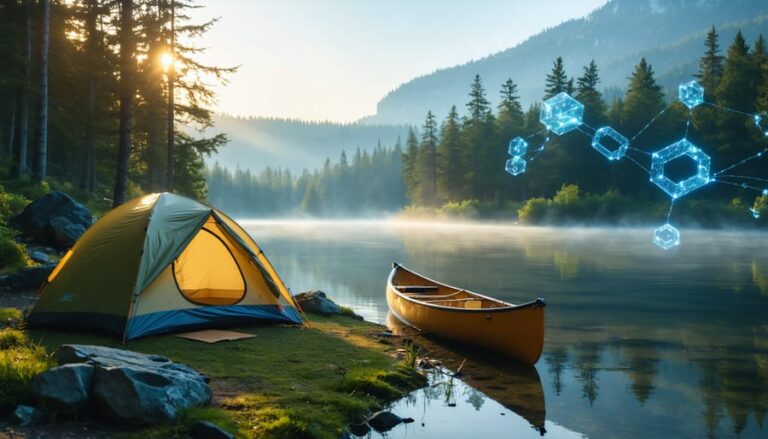
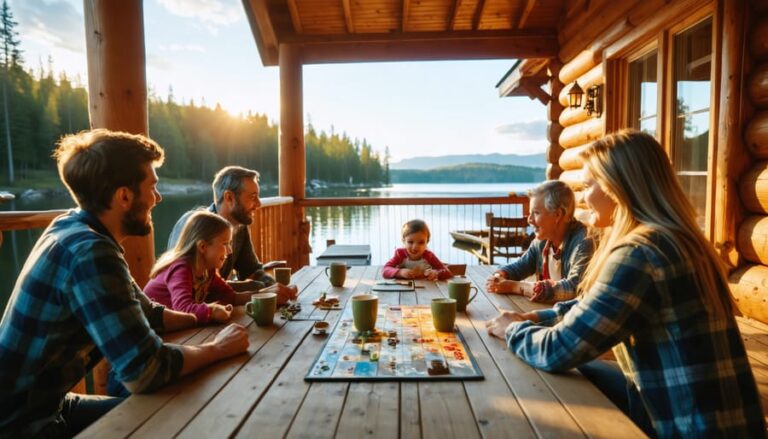

+ There are no comments
Add yours